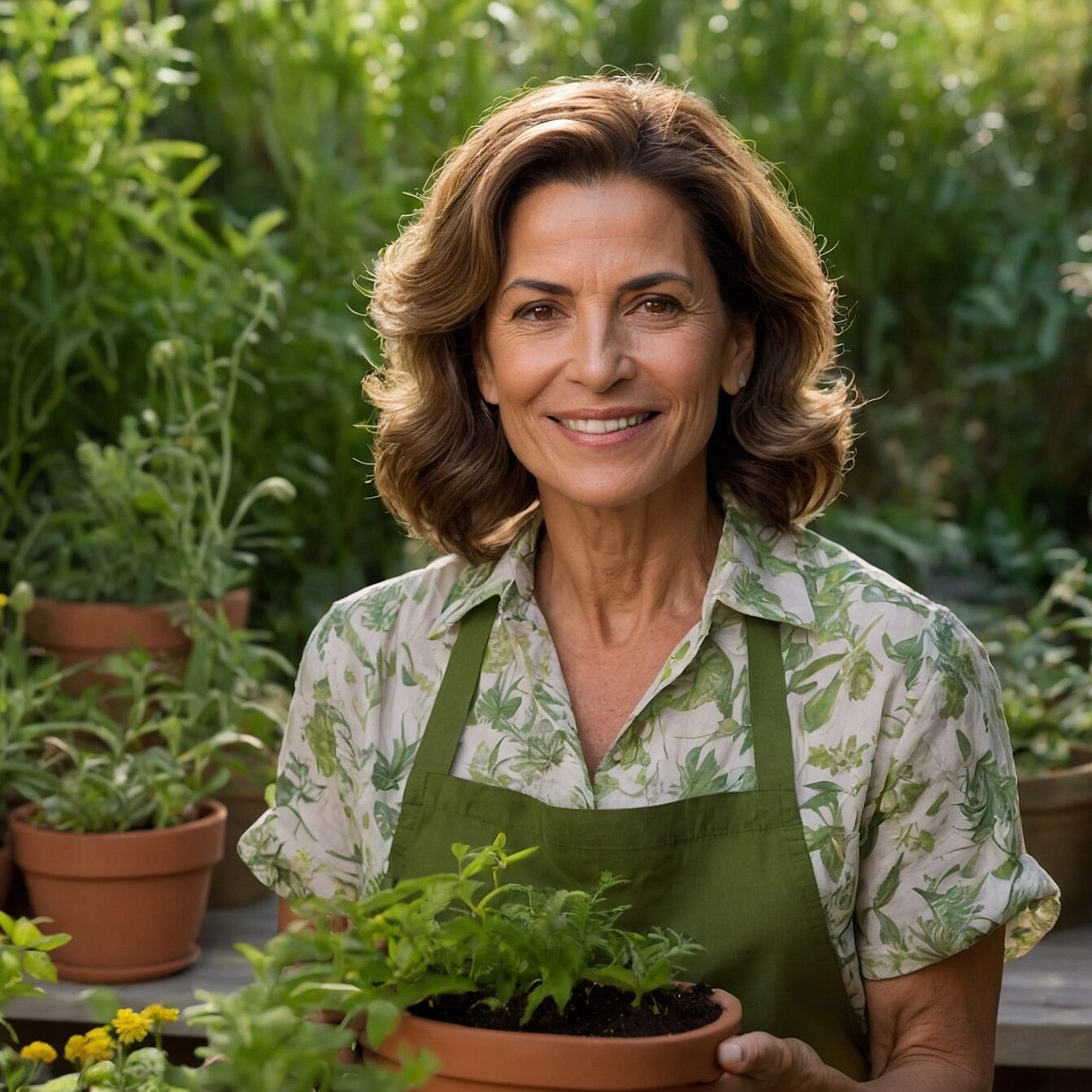Table Of Contents
Introduction
Growing Lavender at Home: A Brief Introduction
Lavender, known for its enchanting aroma and therapeutic properties, is gaining more and more popularity among home gardening enthusiasts. In this brief introduction, we’ll explore the benefits and growing trend of growing Lavender at home.
Why Make Lavender Seedlings?
Making Lavender seedlings can offer a number of significant advantages for gardening enthusiasts. Here are a few reasons to consider:
Economy
Growing your own Lavender seedlings can be an economical way to expand your garden. Instead of buying adult plants from nurseries, you can propagate your own seedlings from cuttings or seeds, saving money in the long run.
Quality control
By making your own cuttings, you have complete control over the growing process, from selecting the best mother plants to the ideal growing conditions. This allows you to guarantee the quality of your plants from start to harvest.
Personal satisfaction
There is great satisfaction in growing your own plants and witnessing their growth over time. Making Lavender seedlings can be a rewarding project that provides a deeper connection with nature and a sense of personal fulfillment.
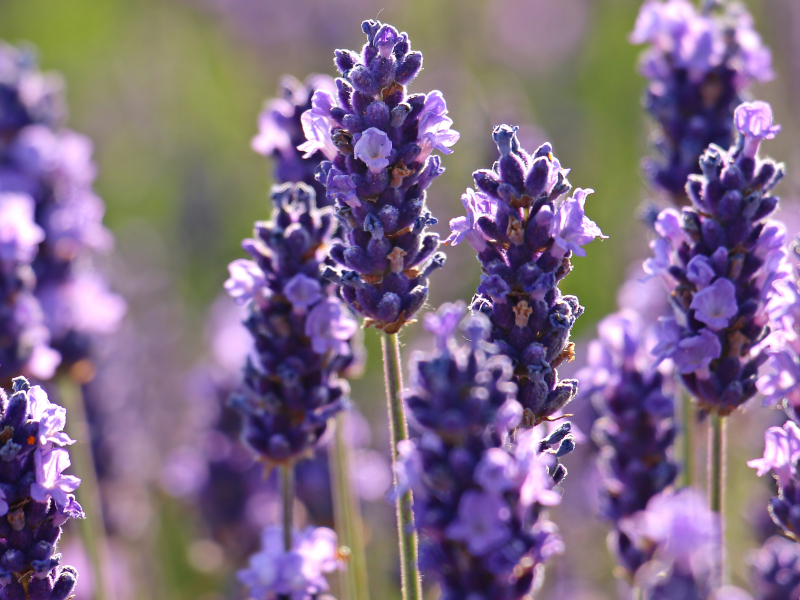
1. Selecting the Mother Plant
Choosing the right mother plant is crucial to success when making Lavender seedlings. Here are some guidelines to help you select a healthy and suitable plant:
Plant Health
Opt for a Lavender plant that looks healthy and vigorous. Look for vibrant green leaves with no signs of insect or disease damage. Avoid plants with yellowed, wilted or spotted leaves, as these may indicate underlying health problems.
Growth stage
Choose a mother plant that is in an active growth stage. Avoid plants that are in a heavy flowering phase, as they may be directing their energy towards flower production rather than vegetative growth. A young, healthy plant is ideal for making seedlings.
Variety
Make sure you choose a Lavender plant of the desired variety. There are several cultivars available, each with its own characteristics in terms of aroma, height and flower color. Choose the one that best suits your preferences and growing conditions.
Origin
If possible, try to buy Lavender plants from reliable sources, such as nurseries specializing in aromatic herbs. This increases the chances of obtaining a quality plant with good genetics and less susceptible to health problems.
By following these guidelines, you will be well on your way to selecting a Lavender mother plant that is ideal for making your seedlings.
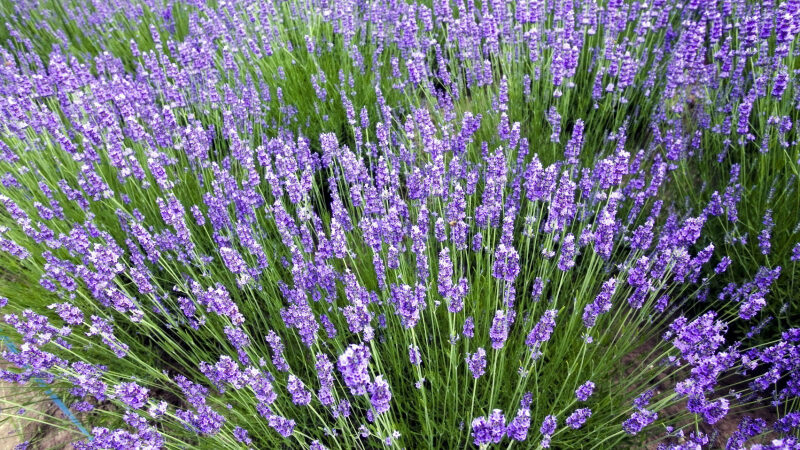
2. How to Make Lavender Seedlings from Cuttings
Propagating Lavender from cuttings is an effective way of multiplying your plants. Here are the detailed steps to carry out this process successfully:
1. Choosing Cuttings
- Select healthy, vigorous cuttings from a Lavender mother plant.
- Choose cuttings that are around 10 to 15 centimeters long and remove any flowers or flower buds.
- Opt for cuttings that have at least two pairs of healthy leaves.
2. Preparing the cuttings
- Cut the cuttings using sharp pruning shears, making a clean cut at a 45-degree angle just below a node.
- Remove the lower leaves from the cutting, leaving only one or two pairs of leaves at the top.
- If desired, apply a rooting hormone to the cut ends of the cuttings to promote rooting.
3. Planting the cuttings
- Fill a container with a well-drained substrate, such as a mixture of potting soil and sand.
- Make small holes in the substrate and insert the cuttings, leaving about a third of the cutting buried.
- Gently firm the substrate around the cuttings to ensure close contact between the cuttings and the soil.
- Water gently to moisten the substrate, but avoid waterlogging.
4. Post-planting care
- Place the cuttings in a place with indirect light and a stable temperature.
- Keep the substrate slightly moist, watering as necessary to prevent the soil from drying out completely.
- After a few weeks, the cuttings should start to grow roots. You can check carefully by gently lifting a cutting to see if there is resistance, indicating root development.
- When the roots are well developed, the cuttings can be transplanted to their permanent places in the garden or in larger pots.
By following these steps, you can successfully grow Lavender seedlings from cuttings, expand your garden and enjoy the beautiful, aromatic flowers of this versatile plant.
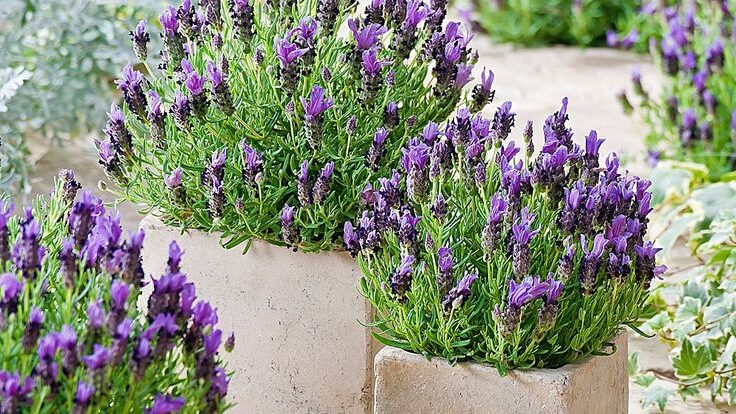
3. How to care for newly planted Lavender cuttings
After successfully propagating your Lavender cuttings, it’s essential to provide the right care to ensure their healthy development. Here are some important tips:
Watering
- Keep the soil slightly moist, but avoid waterlogging, as excess moisture can lead to root rot.
- Water Lavender seedlings deeply once or twice a week, depending on the weather conditions and the type of soil.
- Avoid watering directly on the leaves to reduce the risk of fungal diseases.
Protection against pests and diseases
- Regularly monitor Lavender seedlings for signs of pest infestation, such as aphids, spider mites or mealybugs. If you detect any problems, treat immediately with organic methods or approved pesticides.
- Keep the area around the seedlings clean and free of debris to reduce the harboring of pests and diseases.
- If you notice signs of fungal diseases, such as leaf spots or wilting, remove the affected leaves and apply an appropriate fungicide according to the manufacturer’s instructions.
Transplanting to larger containers
- When the Lavender seedlings are robust enough and have developed a healthy root system, they can be transplanted into larger containers or into the garden.
- Choose containers with good drainage and fill them with a light, well-drained soil mixture.
- When transplanting, handle the seedlings carefully to avoid damaging the roots.
- After transplanting, continue to provide the same watering care and protection against pests and diseases until the seedlings are fully established in their new environment.
By following these post-propagation care tips, your Lavender seedlings will have all the conditions they need to grow vigorously and healthily, filling your garden or living space with their relaxing scent and stunning flowers.
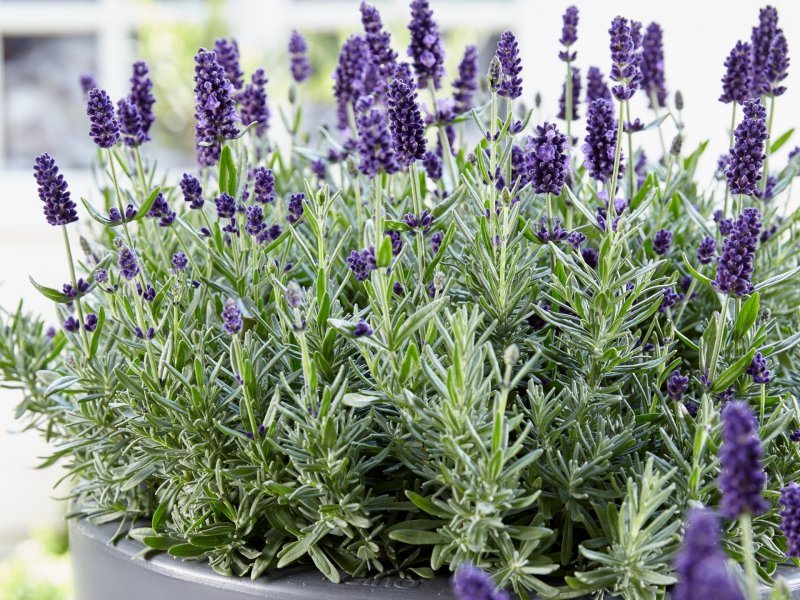
4. Keeping Your Lavender Seedlings Healthy
After transplanting Lavender seedlings to their permanent locations, it’s important to continue providing the proper care to promote their growth and long-term health. Here are some suggestions for ongoing care:
Fertilizing
- Fertilize Lavender seedlings with a balanced fertilizer, especially during spring and summer, when they are at their most active growth period.
- Opt for a slow-release fertilizer or a diluted liquid fertilizer, applying it according to the manufacturer’s instructions to avoid excess nutrients.
- Avoid fertilizers rich in nitrogen, as they can stimulate excessive leaf growth to the detriment of flowers.
Pruning
- Carry out regular pruning to promote compact growth and stimulate the branching of Lavender seedlings.
- After flowering, cut back about a third of the spring growth to keep the plants with a rounded shape and prevent them from becoming woody in the center.
- Remove faded flowers to extend the flowering period and encourage the production of new flower buds.
Protection against adverse weather conditions
- Protect Lavender seedlings from extreme temperatures, especially intense cold and frost, which can damage the plants.
- During the warmer months, provide partial shade or protection from the scorching sun to avoid burning the leaves.
- In areas with harsh winters, consider covering the plants with a layer of organic mulch to protect the roots from excessive cold.
By following these ongoing care suggestions, your Lavender seedlings will continue to thrive and beautify your garden with their enchanting scent and dazzling flowers.
Conclusion
Throughout this guide, we have explored the fascinating process of making Lavender seedlings at home, from the selection of the mother plant to the ongoing care after transplanting. To recap the main points covered:
- We present the reasons for making Lavender seedlings, highlighting economy, quality control and personal satisfaction.
- We offer detailed guidance on how to select a healthy and suitable mother plant, ensuring successful propagation.
- We explore step-by-step propagation techniques by cuttings, from preparation to planting the seedlings.
- We provide essential tips for caring for newly planted cuttings, including watering, protection from pests and diseases, and transplanting to larger containers.
- Finally, we discuss the ongoing care needed after transplanting, such as fertilizing, pruning and protecting against adverse weather conditions.
Now it’s time to put this knowledge into practice and experience the rewarding process of making Lavender seedlings at home. Not only will you have the opportunity to expand your garden with a versatile and aromatic plant, but you’ll also enjoy the therapeutic benefits and beauty of Lavender flowers. So get to work and let yourself be enchanted by the world of Lavender gardening!
Frequently Asked Questions
Como fazer transplante de Lavender?
Para realizar o transplante de Lavender, primeiro, escolha um local ensolarado com solo bem drenado. Prepare o solo, adicionando composto orgânico, e cave um buraco do tamanho do torrão da planta. Retire a Lavender com cuidado do vaso ou local original, mantendo o torrão de raízes intacto, e coloque-a no buraco preparado. Cubra com terra, compacte suavemente e regue abundantemente para ajudar na adaptação da planta ao novo local.
Como plantar Lavender a partir da flor?
Para plantar Lavender a partir da flor, você pode seguir o processo de coleta de sementes. Deixe a flor secar na planta e, quando estiver pronta, retire-a e coloque-a em um saco para coletar as sementes. Espalhe as sementes em um substrato leve e bem drenado, pressionando levemente para fixá-las, e mantenha o solo úmido até as mudas germinarem.
Como pegar uma muda de Lavender?
Para pegar uma muda de Lavender, escolha uma planta-mãe saudável e vigorosa. Com uma tesoura de poda afiada, corte uma estaca de cerca de 10 a 15 centímetros de comprimento, removendo as folhas inferiores. Plante a estaca em um substrato úmido e bem drenado, mantendo-a em local com luz indireta até que desenvolva raízes.
